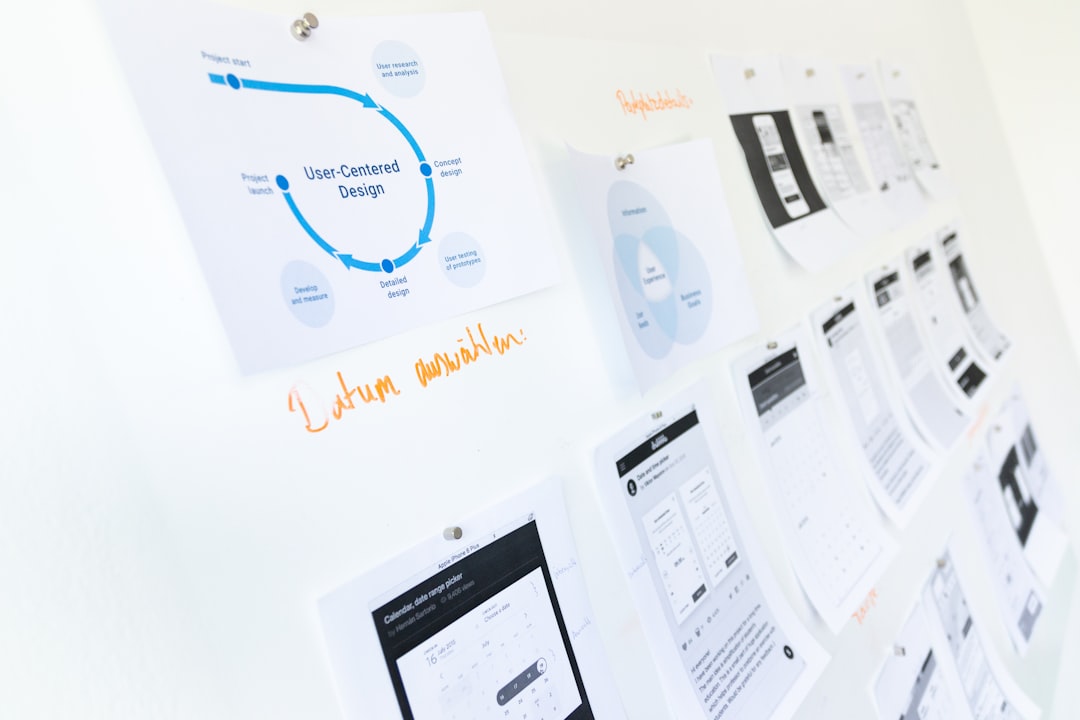In an increasingly complex and volatile business environment, organizations are under constant pressure to stay ahead of risks and opportunities. This is where risk dashboards come into play. They are powerful tools that provide businesses with a competitive advantage by enabling real-time data visualization, leading to more informed decision-making.
The Value of Real-Time Data Visualization
Risk dashboards offer real-time data visualization, a feature that transforms raw data into intuitive, interactive visuals. This allows managers to quickly understand complex risk patterns and trends. As a result, they can make faster, smarter decisions, giving their companies a significant edge over competitors who still rely on traditional, time-consuming data analysis methods.
For instance, consider the case of a multinational corporation using a risk dashboard to monitor its global operations. The dashboard displays real-time data on various risk factors such as political unrest, currency fluctuations, and supply chain disruptions. By visualizing this data in an easy-to-understand format, the company can quickly identify emerging risks and take proactive measures to mitigate them.
Key Benefits for Business Owners and Managers
Risk dashboards offer several key benefits for business owners and managers:
Proactive Risk Management: Real-time data visualization enables businesses to identify potential threats early and take preventive action before it's too late.
Efficient Decision Making: Instead of sifting through volumes of raw data, managers can use risk dashboards to quickly understand complex risk scenarios and make informed decisions.
Improved Performance Monitoring: Risk dashboards allow businesses to track their performance against predefined risk metrics and benchmarks, helping them continuously improve their risk management strategies.
Enhanced Communication: Visual data is easier to understand and share, making it an effective tool for communicating risk information across the organization.
Case Studies Across Various Industries
Risk dashboards are being used across various industries to manage a wide range of risks. For example, in the financial sector, banks use risk dashboards to monitor credit risk, market risk, and operational risk. These dashboards enable them to identify potential issues early, allowing them to avoid costly mistakes and maintain regulatory compliance.
In the healthcare sector, hospitals use risk dashboards to monitor patient safety metrics and identify areas for improvement. This proactive approach helps them improve patient outcomes and reduce healthcare costs.
Practical Tips on Implementing Risk Dashboards
For businesses looking to implement risk dashboards, here are a few practical tips:
Identify Key Risks: Start by identifying the key risks that could impact your business. These should be the focus of your risk dashboard.
Define Metrics: Define clear, measurable metrics for each risk. These metrics will form the basis of your dashboard's data visualization.
Choose the Right Tools: There are many risk dashboard tools available on the market. Choose one that fits your business needs and budget.
Train Your Team: Ensure your team understands how to use the risk dashboard effectively. This may involve training sessions or workshops.
In conclusion, risk dashboards offer businesses a powerful tool for managing risks and capitalizing on opportunities. By visualizing data in real time, they enable businesses to make faster, smarter decisions, giving them a competitive edge in today's volatile business environment. However, to fully leverage their benefits, businesses must ensure they choose the right dashboard tools and train their teams effectively.
